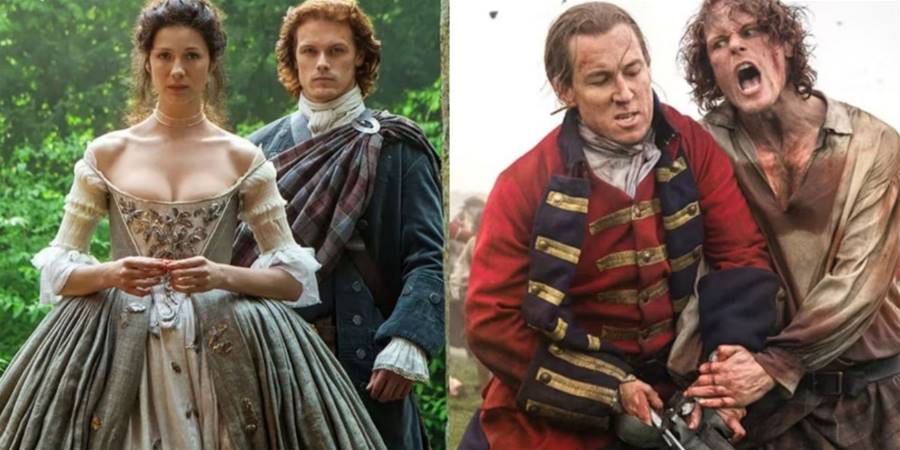

Outlander, the popular time-travel historical fantasy series, has captivated audiences with its blend of romance, action, and drama. While it is a fictional show, it incorporates many historically accurate elements that educate viewers about the past. However, there are also instances where the show deviates from historical accuracy for creative purposes.
One aspect of Outlander's historical accuracy lies in its depiction of real castles. Castle Leoch, home to Jamie's Uncle Colum Mackenzie, is actually Doune Castle in Perthshire, built in the late 14th century. Another notable castle is Blackness Castle, known as Fort William in the series, which was a 15th-century fortress.
These authentic locations add to the show's historical atmosphere.The portrayal of the Battle of Culloden is another historically accurate element. This battle, led by Bonnie Prince Charlie, was a significant event in both the series and real history. While fictional characters participate in the war, the show captures the brutality and aftermath of the battle accurately, depicting its impact on the clans and the absence of Bonnie Prince Charlie afterwards.
Interestingly, Jamie Fraser's character was loosely inspired by a real-life Jacobite soldier who survived the Battle of Culloden. The author, Diana Gabaldon, based him on an account from the book "Prince in the Heather," which mentioned a Fraser from the Master of Lovat's regiment who survived the slaughter.
Although not named Jamie Fraser, this connection adds an intriguing layer to the character.Outlander also reflects the reality of how women were treated as property during 18th-century Scotland. The show portrays the struggles and limitations faced by women of that era, emphasizing Claire's journey from being subjected to her husband's authority to becoming an empowered partner. This aspect sheds light on the gender dynamics of the time.
The portrayal of healers in rural Scotland is another example of historical accuracy. With limited medical options, Claire's adaptation to using herbs and natural remedies aligns with the reality of 18th-century medicine.
Her success as a healer stems from her previous knowledge, adaptability, and intelligence, highlighting the challenges faced by medical practitioners during that period.Lord Lovat, Jamie's eccentric relative, is also based on a real historical figure, Simon Fraser, the 11th Lord Lovat. While not directly related to Jamie Fraser in real life, Diana Gabaldon incorporated his character into the story. Her portrayal of Lord Lovat in the show closely aligns with his real-life personality.
Additionally, Outlander showcases the superstitions prevalent in Scottish culture at the time. The inclusion of Samhain, fairies, witches, and other Highland myths reflects the deeply held beliefs of the Scots during that era.
These superstitions influenced their decisions and added an element of mystery to their lives.In summary, while Outlander is primarily a work of fiction, it incorporates various historically accurate elements that educate viewers about the past. From the depiction of real castles and the Battle of Culloden to the portrayal of women as property and the superstitions of the time, the show strives to maintain historical accuracy while weaving its fictional narrative.

